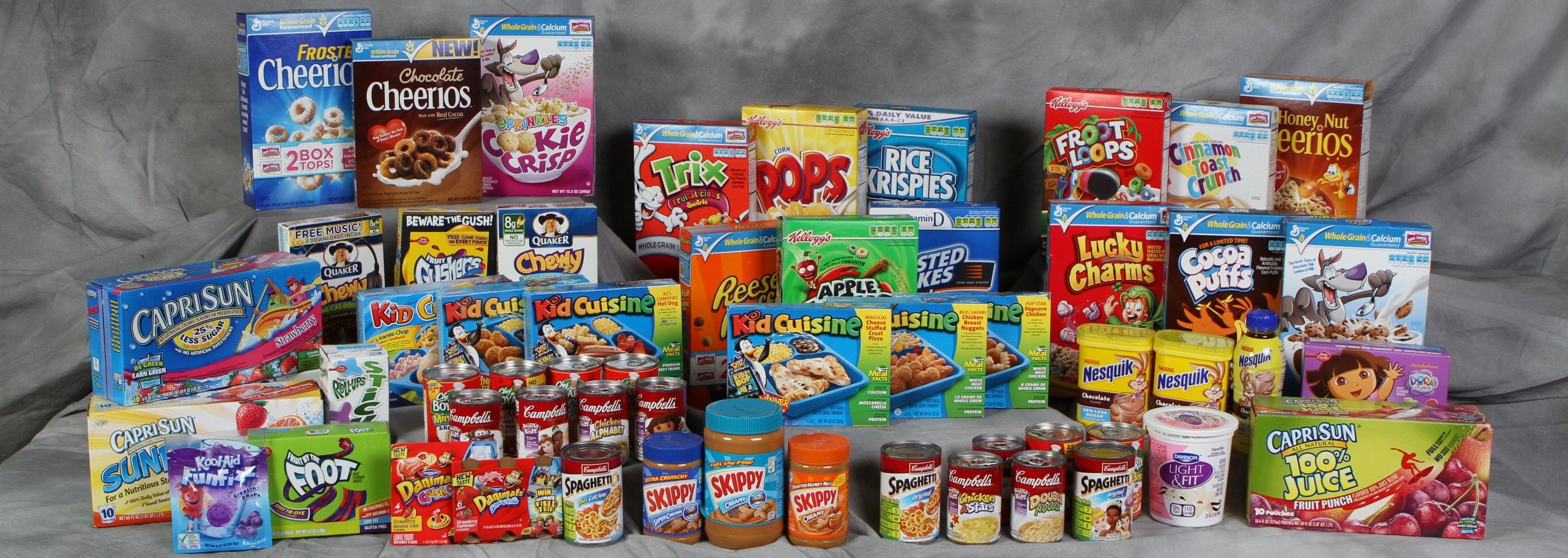The advantages of greater transparency seem, well, clear.
With greater transparency, informed consumers can better decide which products will improve their health, happiness, and financial security. They spend less money on products with latent deficiencies and risk, and markets operate more efficiently.
It’s fantastic in theory, but the reality is decidedly murkier. This is why opponents of a pro-transparency policy are less likely to criticize its principles than its effectiveness.
This tension cuts across industries. In finance, critics of enhanced disclosure requirements for investment firms complain that lengthier and more detailed communications confuse investors and bury the most pertinent information under pages of esoteric data. The policy, its detractors claim, hurts the people it was supposed to help.
Food policy debates often follow a similar pattern. The Food and Drug Administration’s (FDA) proposed changes to its Nutrition Facts label earlier this year called for greater transparency by including an “added sugars” line. Opponents alleged that the proposed change would confuse, rather than inform, consumers. For example, in its comment to the FDA, the International Food Information Council (IFIC) Foundation (which is food industry-funded) cited a study it conducted, which concluded that, “ability for consumers to accurately identify the total amount of sugars in a product is significantly higher when an ‘Added Sugars’ line is not presented.” An opponent of the FDA’s proposal cited that comment and stated, “one of the update’s most highly touted additions … thoroughly fails to achieve [the goal of informing consumers] and contradicts current nutrition science.” Whether or not IFIC’s research really does provide support for the conclusion drawn, the concern is a familiar one: transparency will confuse, not inform.
Critics are right that transparency can generate a barrage of overwhelming information. That is why I advocate transparency that is both literal and figurative. Foods should be packaged in clear containers adorned only with the name of the product and an FDA Nutrition Facts label.
Food packaging frequently involves bright colors, corporate mascots, and inaccurate and misleading depictions of the product for sale. If sustenance and taste are the purposes of food, isn’t all of that packaging at best unnecessary, and at worst, misleading? Surely, no food company executive would tout the appearance of his or her products’ packaging alone as a reason to buy the food inside. So why spend the money and entrepreneurial energy to win the sensory bombardment competition when you could enjoy a playing field where only taste, price, and nutritional value matter? Currently, this type of advertising is necessary for companies to survive in the competitive food industry; public health and nutrition outcomes suffer as a result.
The public health benefit of increased literal and figurative transparency in food packaging would likely be substantial. Processed foods are more likely to employ opaque packages than, say, fresh fruits and vegetables. Once they can see clearly, consumers might turn from the current appeal of the snack aisles to the produce section, where reds, yellows, and greens are not merely ink on cardboard. Such an effect seems probable because of processed foods’ tendency to depict fresh ingredients on their packages; clearly, there is an appeal in fresh produce. Replace the potato pictured on a bag of chips with an unobstructed view of the food (and empty space) inside, and consumers might just seek out an actual potato from elsewhere in the store. 


